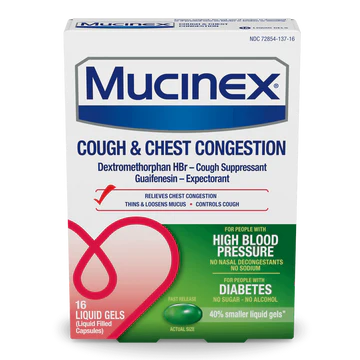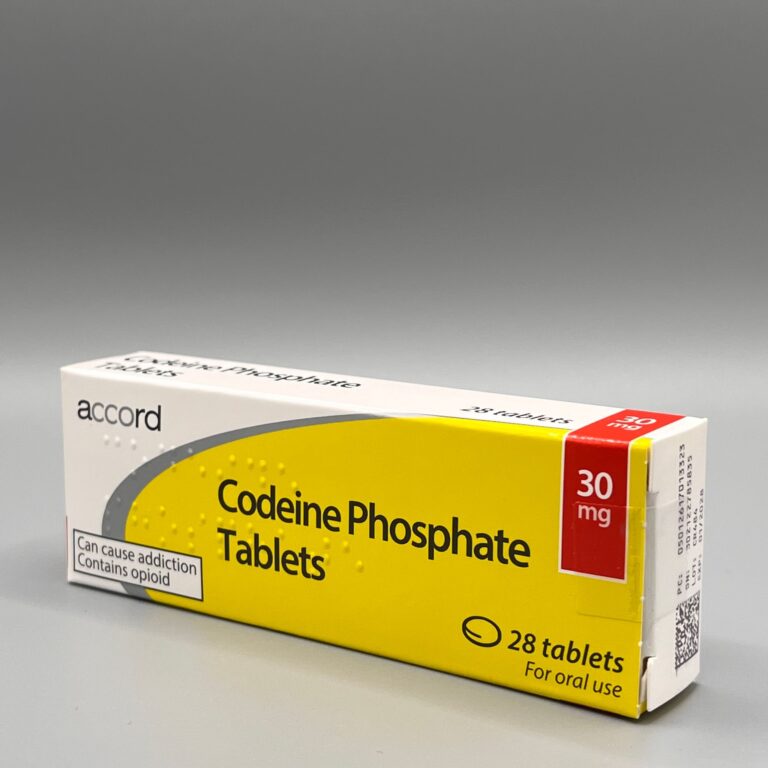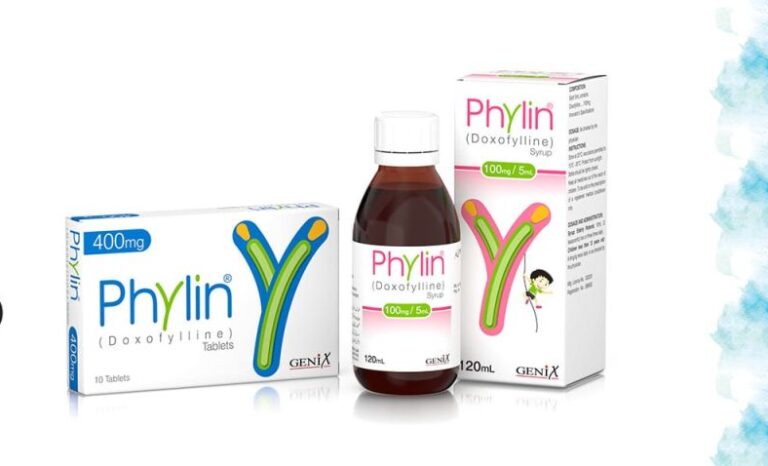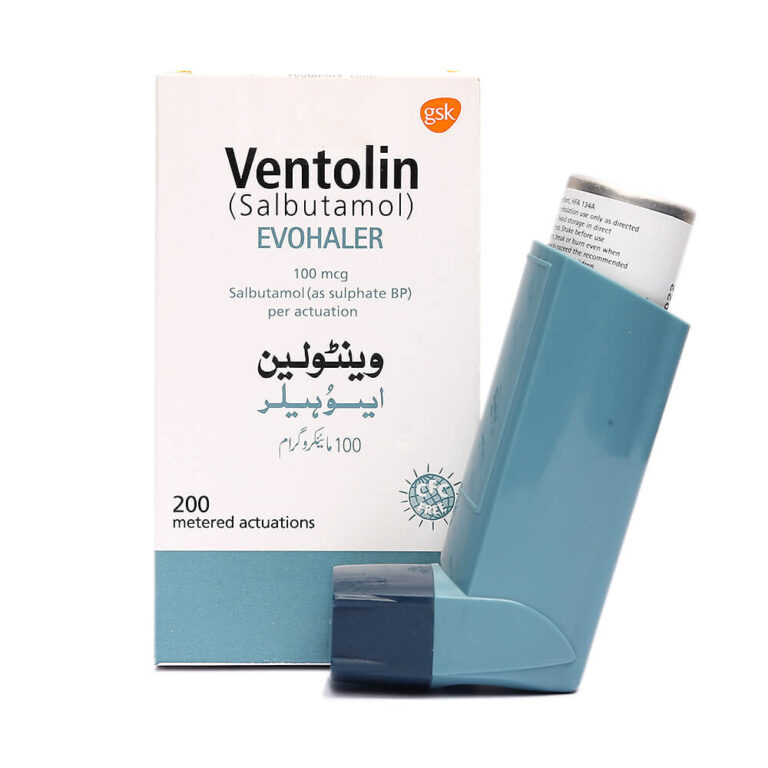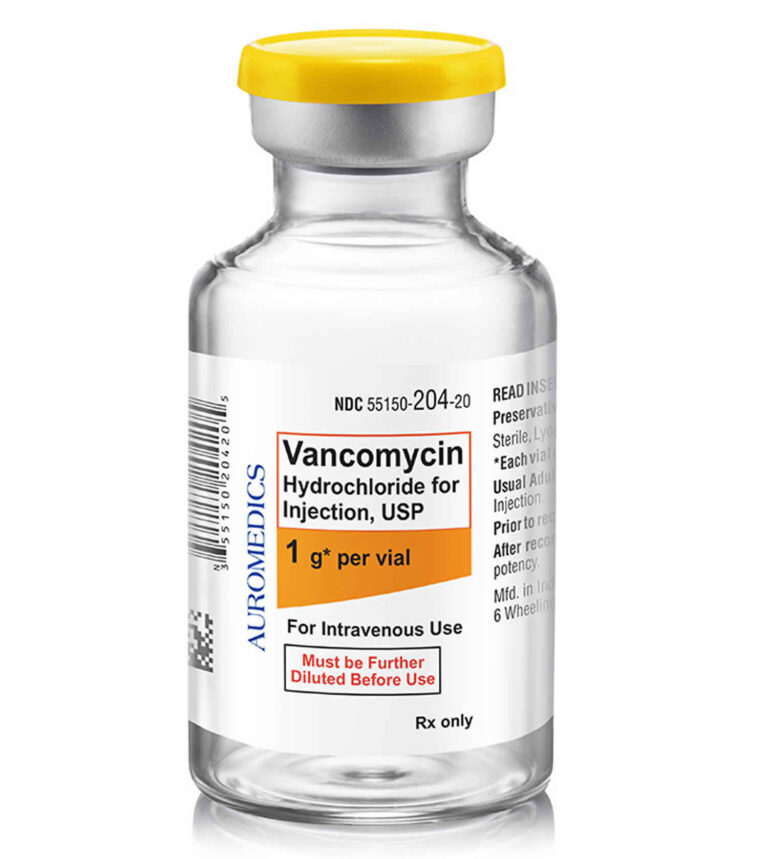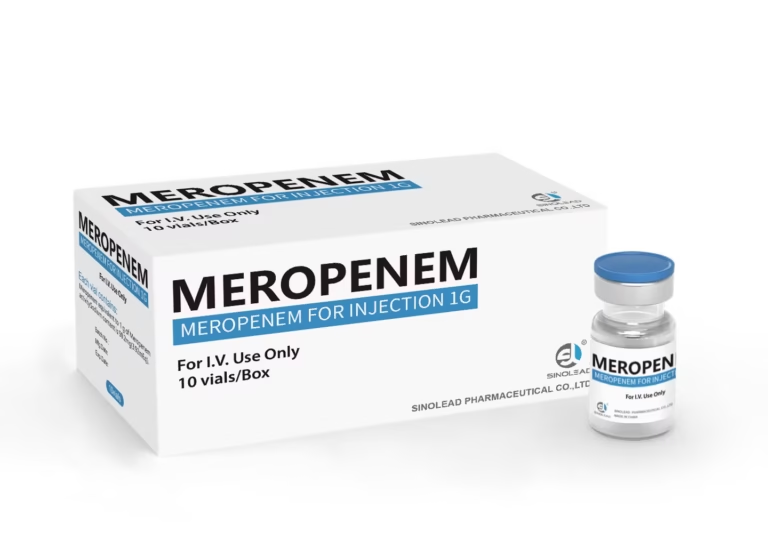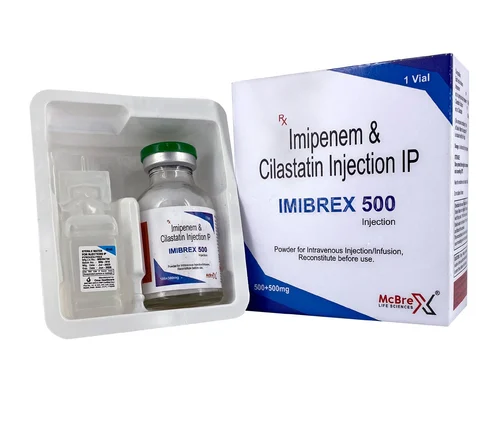Medicine for cough asthma and COPD are given in this category. Cough, asthma, and chronic obstructive pulmonary disease (COPD) are respiratory conditions that require different treatment strategies, including medications that target symptoms and underlying causes.
- Cough Medications: Cough can be either productive or non-productive. For a dry, non-productive cough, antitussives such as dextromethorphan are commonly used to suppress the cough reflex. For productive coughs, expectorants like guaifenesin help thin mucus, making it easier to clear from the airways. If an infection causes the cough, antibiotics may be prescribed.
- Asthma Medications: Asthma is an inflammatory condition of the airways, characterized by wheezing, breathlessness, and coughing. Bronchodilators, such as short-acting beta-agonists (e.g., albuterol), help relax airway muscles, providing quick relief during an asthma attack. For long-term control, inhaled corticosteroids (e.g., fluticasone) reduce inflammation and prevent exacerbations. Leukotriene modifiers (e.g., montelukast) may also be used to manage symptoms by blocking inflammatory pathways.
- COPD Medications: COPD is a progressive lung disease often caused by smoking, leading to chronic coughing, wheezing, and shortness of breath. Treatment includes bronchodilators like beta-agonists and anticholinergics (e.g., ipratropium) to improve airflow. Inhaled corticosteroids may be used in combination with bronchodilators to reduce inflammation and prevent flare-ups. In severe cases, oxygen therapy and oral steroids may be prescribed for better symptom control.
Each condition requires a tailored approach for effective management of symptoms and prevention of exacerbations.


